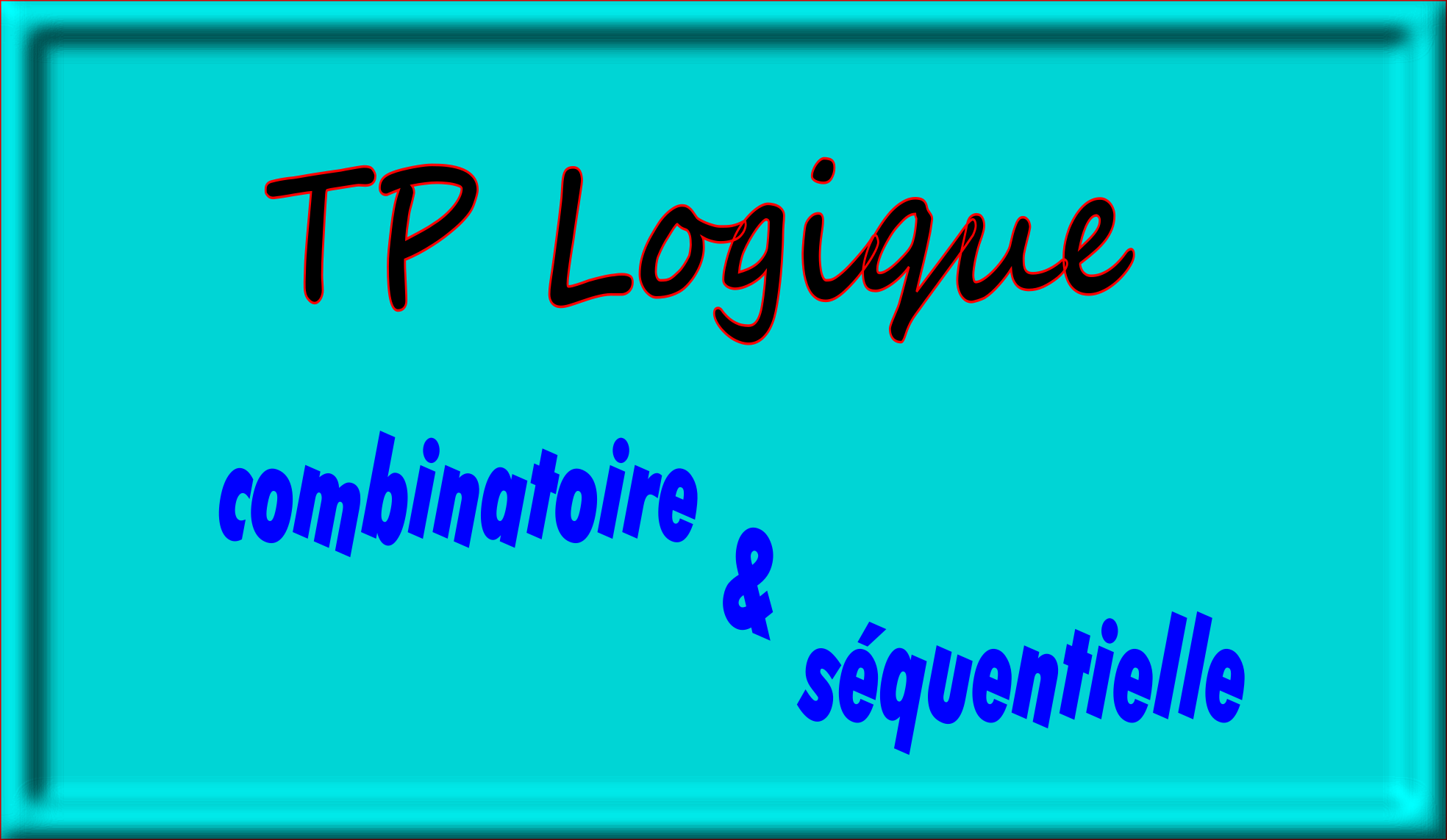
Ce support regroupe une série de TPs en logique combinatoire et séquentielle, ces TPs vont permettre à l'étudiant de se familiariser progressivement avec le monde d'électonique numérique. l'électronique qu'il va recontrer dans tous les appareils et les machines de la vie actuelle.
- معلم: GUICHI Amar

Ce module permet aux étudiants de deuxième année licence de voir les notions essentielles de la probabilité et de la statistique, à savoir les séries statistiques à une et à deux variables sur un univers fini et les variables aléatoires.

Module objectives |
This module introduces students to the essential concepts of probability and statistics, namely statistical series, probability over a finite universe and variable random variables.
- معلم: MERINI Abdelaziz

This parctical work highlights the importance of practical work in foundational electronics, focusing on hands-on activities that complement theoretical learning. Practical sessions involve constructing and analyzing basic circuits using fundamental components such as resistors, capacitors, diodes, and transistors, while applying key principles like Ohm’s Law and Kirchhoff’s Laws. Through the use of measurement tools such as multimeters, oscilloscopes, and function generators, learners develop essential skills in circuit testing, troubleshooting, and analysis. Practical work not only reinforces theoretical concepts but also cultivates problem-solving abilities and a deeper understanding of component behavior in real-world scenarios. This experiential learning approach forms a crucial foundation for advanced studies and prepares individuals for future challenges in electronics and electrical engineering.
- معلم: abderrzak laib

This course, entitled: “Vibrations and Waves” (phys(3)) is developed in accordance with the framework relating to LMD-S3 License training in the field of Science and Technology (ST) and according to the program drawn up by the supervisory authority and carries the UEF code 2.1.1. The objective is to introduce the student to the problems of low amplitude mechanical vibrations with 1 and 2 degrees of freedom, as well as the study of the phenomena of propagation of mechanical and electromagnetic waves. mainly comprises two parts:The first, divided into five chapters, deals particularly with vibrational phenomena.The first chapter concerns the use of the Lagrange formalism which describes the oscillations of physical systems by means of scalar quantities such as kinetic energy and the potential energy of a mechanical system. The second chapter is devoted to the study of free linear (low amplitude) oscillations of systems with one degree of freedom. The third chapter deals with damped oscillations which are due to the presence of within the vibratory system viscous friction forces therefore proportional to the speed of the mobile, or solid friction forces. The notions of external exciting force, resonance, transient and permanent vibrations which are linked to forced oscillations are presented and treated in detail in the fourth chapter. The fifth chapter is devoted to vibrations with 2 degrees of freedom. There the resonance phenomenon is treated again but using a new concept, that of mechanical or electrical impedance for mechanical or electrical systems respectively. The anti-resonance problem is another phenomenon specific to systems with 2 degrees of freedom and whose applications are diverse. Towards the end of this chapter a generalization is introduced for the treatment of systems with several degrees of freedom. The second part, which constitutes the last 4 chapters, is devoted to the phenomena of wave propagation. The course presented with a logical sequence, each new defined concept is clarified by simple and useful examples, a series of problems enriching the course, everything has been done with the spirit of allowing better assimilation by the student.
- معلم: BOURSAS Abdelhakim
